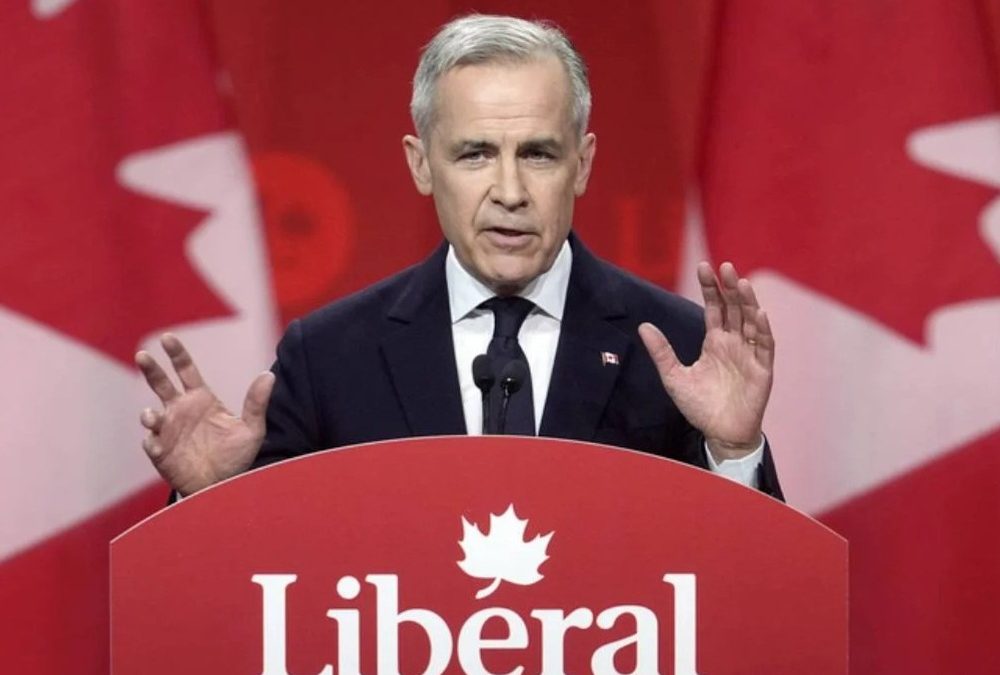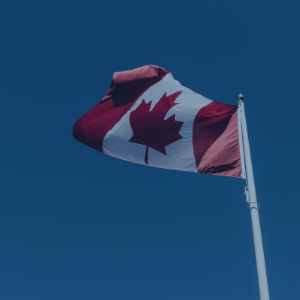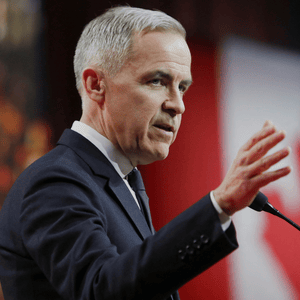
Trump response approval is no longer boosting overall federal approval and Carney favourables as it did earlier. Read, seen, and heard responses, and eroding time for a change numbers indicate a tightening political dynamic, according to INNOVATIVE’s tracking.
These results come from an online poll conducted between October 6th and October 27th, 2025, of 4,106 Canadian citizens, 18 years or older. This survey was sponsored by INNOVATIVE Research Group Inc. and weighted to n=2,500 based on age, gender, region, education, and self-reported past federal vote to ensure the overall sample reflects the population according to Census data.
As we head into the budget Prime Minister Carney’s government is introducing on November 4th, the Liberals and Conservatives have remained statistically tied among decided voters since July. At 40% vs. 39%, respectively, October’s results mark the narrowest gap since spring.
Net satisfaction with the federal government is down again this month as well, with the NET score hitting its lowest level (+2) since May. Canadians are almost equally satisfied (48%) and dissatisfied (46%), though 1-in-4 are very dissatisfied. Satisfaction is lowest among Conservative (23%) and Bloc (38%) identifiers, and is highest among Achievers (58%) and in Atlantic Canada (53%).
When compared to other party leaders, Carney still leads at 45% favourability, followed by Poilievre at 36%, and Blanchet at 35%. However, Carney’s net favourability has slipped 7 points since August (to +13). This is the first substantial drop since he assumed the Liberal leadership this spring. Tracking leaders’ favourability for the other parties shows them statistically unchanged from previous months.
Worse for the government, while almost half of respondents (48%) recall hearing recent news about the Prime Minister or federal government, the share with a more favourable impression from what they heard has dropped to 36%. That is now at February levels (NET score +6), or in other words, back to the level before Carney won the leadership in March.

The open-ended responses are dominated by Trump-related issues. Roughly half the responses reference Trump and US trade negotiations, with more negative than positive impact on the government approval. Budget announcement-related topics are gaining minimal traction, with only 8% mentioning it. The negative cast to responses mentioning the PM and Trump is a change from earlier in the year and marks a decided political strength eroding.
Overall, the honeymoon period for the Carney government appears to have come to a close. Government approval has faded to a split, and the Prime Minister’s favourability has started to recede toward the party ID. In addition, there is a more subtle but still significant shift in our time for a change responses.
Taken together, it is not so much that the government’s negatives have gone up, although they have a little, it is more that positives, which were quite high, are now returning to normal. The budget’s choices are likely to put further pressure on the government’s numbers for the near future. Austerity is almost always a difficult sell, particularly among the centre-left voters in the Liberal’s coalition.
Click here to read the full presentation!
































